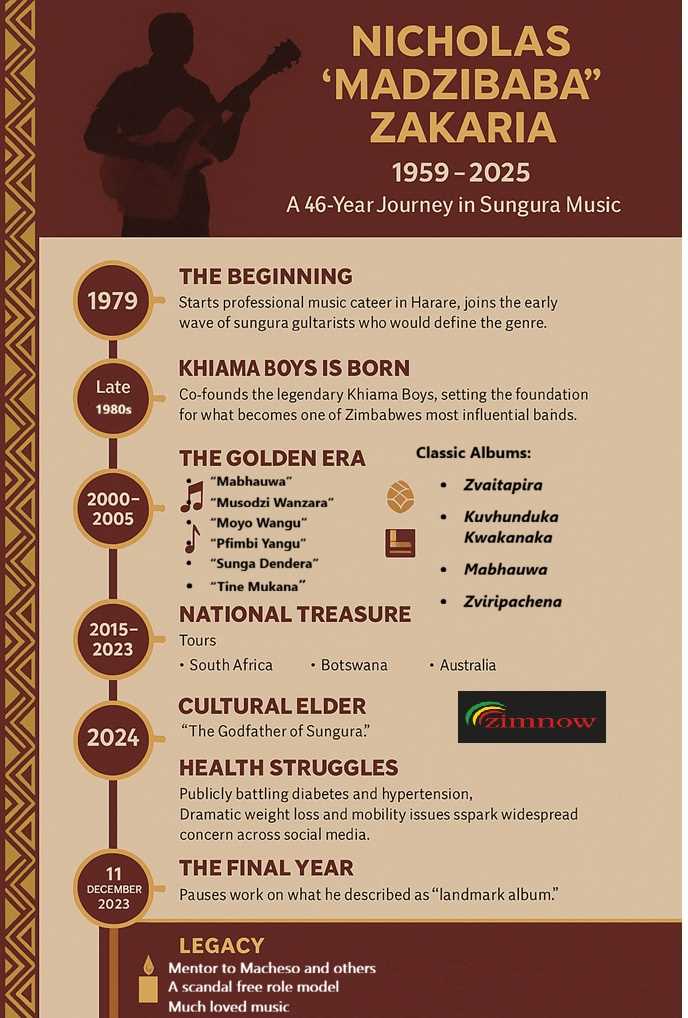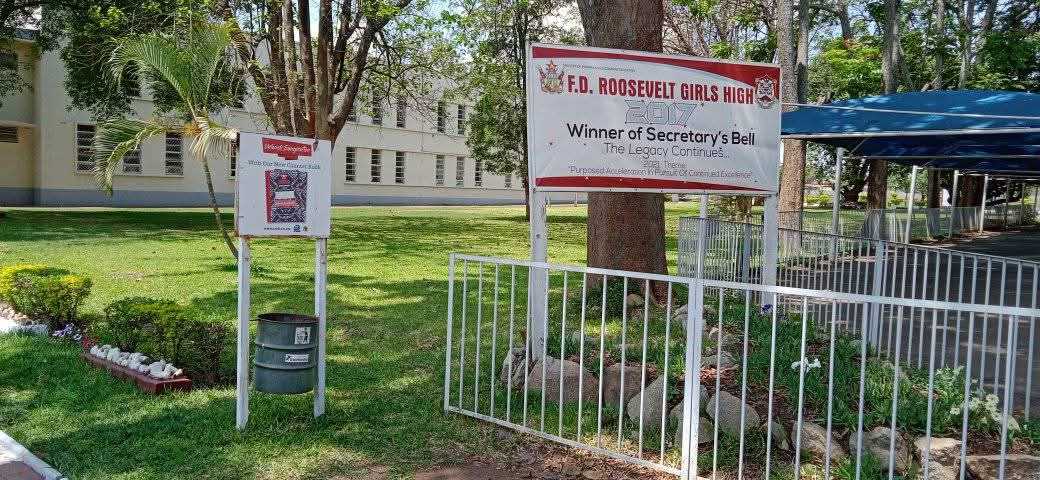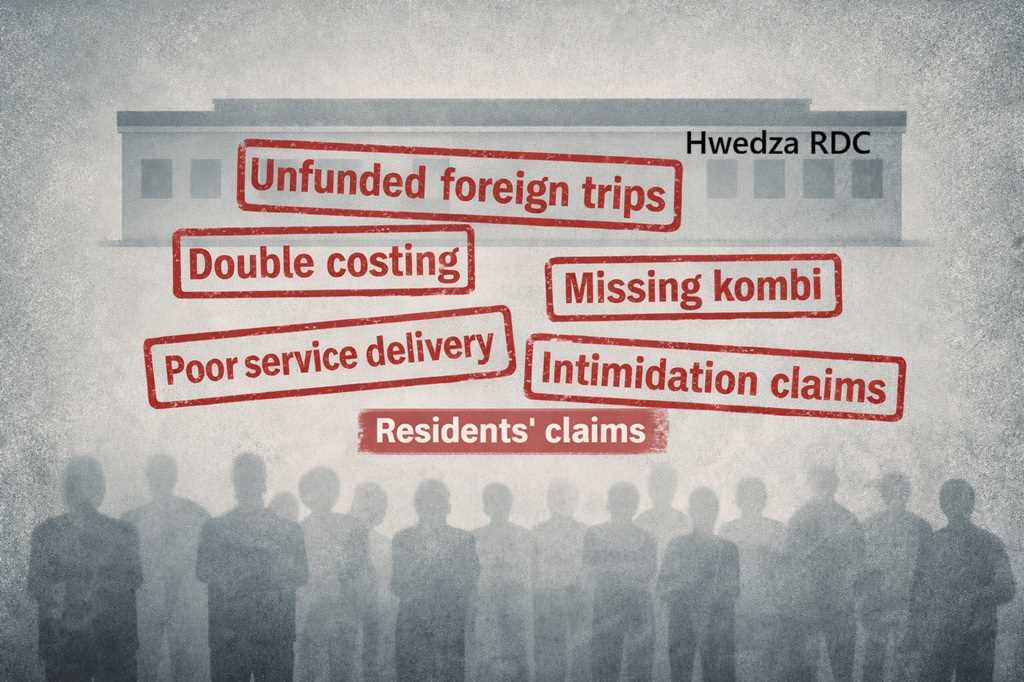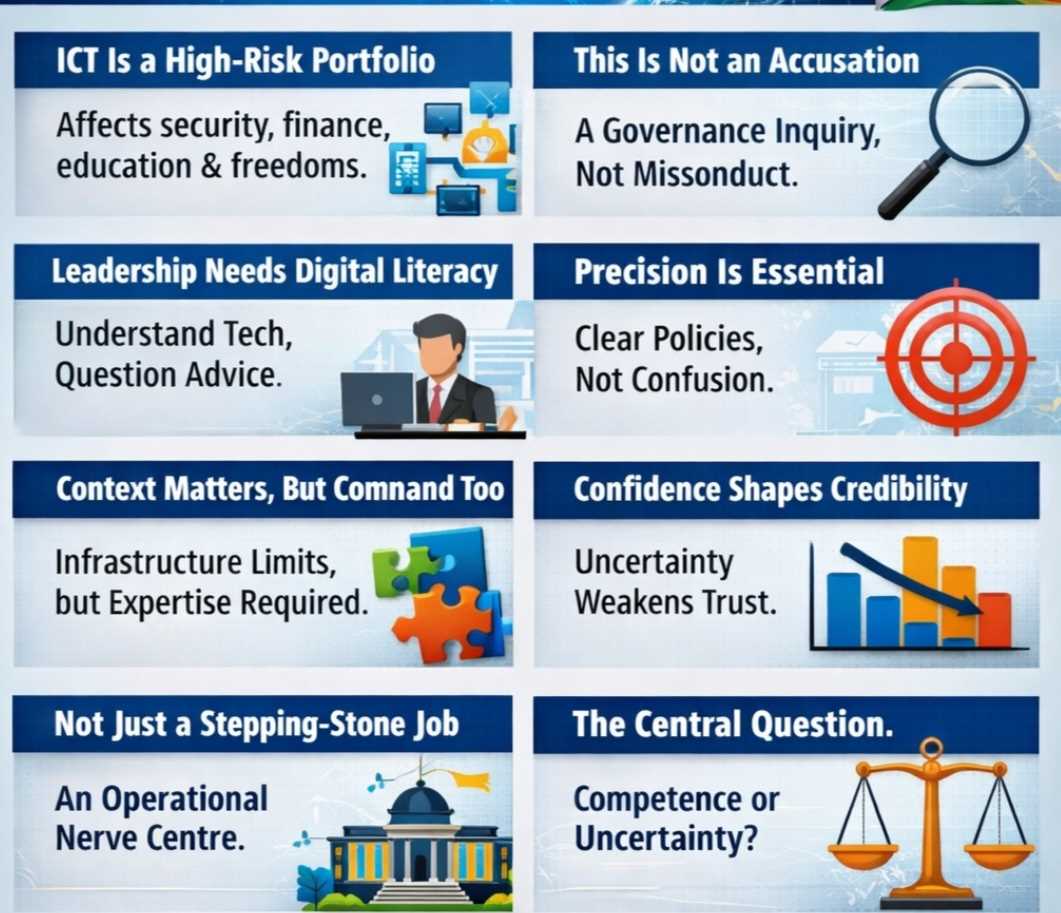
Elia Ntali
Gavi- A tool designed to drive engagement between health workers and community members is working wonders in rural Zimbabwe.
My Village My Home (MVMH) is a tracking tool spearheaded by village health workers and traditional leaders to promote timely routine immunisation in the Eastern parts of Zimbabwe.
Launched in 2017, MVMH carries information for every village child who is eligible for immunisation, listed in order of their birth using the children’s health cards. The data is transferred to the tracking tool and kept by the village head for easy tracking.
"It has really helped communities. Each month we assemble to administer vaccines to every village child and, at the same time, add newly born children to the grid. What is heartening is that religious leaders are encouraging their congregants to take part in health programmes such as MVMH."
The tool shows blocks which represent one vaccination dose for each child and, once the blocks in each child’s row are complete, it means the child is fully immunised. A missing block indicates that the child has defaulted, which helps the village health workers to track the defaulters.
“The My Village My Home tool has transformed villages in terms of routine immunisation. It helps us keep track of every child who qualifies for immunisation and I am glad that parents have embraced the tool and adhered to it. Looking at the tool makes it easy for us to identify the number of children missing immunisation,” says Thomas Muvhaki, a village head in Buhera District.
“It is only in rare cases that you find defaulters, with the few that have missed immunisation having valid reasons, such as the parents either being sick or having travelled at the time. Given that we are doing it within villages, it is easy to track them with the help of Village Health Workers. The tool has given the community collective accountability and responsibility,” Muvhaki adds.
MVHW Ruramai Makunike says, “The tool has strengthened participation among villagers. At first people were reluctant due to some traditional and religious beliefs but, with time and the involvement of traditional leaders like village heads and headmen, they started to take it seriously.”
She continues, “It has really helped communities. Each month we assemble to administer vaccines to every village child and, at the same time, add newly born children to the grid. What is heartening is that religious leaders are encouraging their congregants to take part in health programmes such as MVMH.”
According to records, Makunike administers vaccines to 30 children in her village and this list is growing with the birth of new babies.
Felistas Shiriyedenga, a mother, says the tool has helped her realise the importance of immunisation. “Before the programme (MVMH tool) we used to take our children to local health facilities, which was stressful and boring because of the distance. Defaulting was the order of the day; at times, you would simply forget the dates.
“The MVMH tool has brought immunisation to my doorstep and, as a result, unlike in the past, I have managed to stay up to date with immunisation for my child and relatives,” says Shiriyedenga.
This article first appeared on https://www.gavi.org/




















Leave Comments